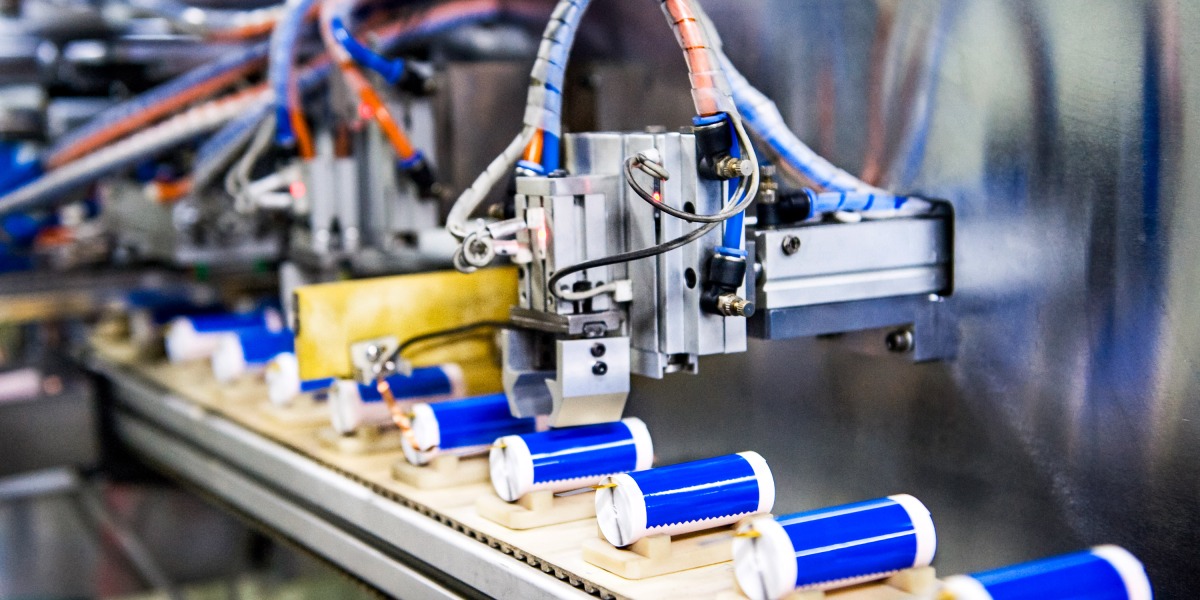
And at the same time, energy density is ticking up, a trend I’m personally grateful for because I often forget to charge my phone for days at a time, and it typically works out much better when that happens now than it did a few years ago.
Branching out
But just because lithium-ion dominates the battery world today doesn’t mean it’ll squash the competition forever.
I’ve written about the growing number of options in the battery industry before, mostly in the context of stationary storage on the electrical grid. This is especially important in the transition to intermittent renewable energy sources like wind and solar.
While backup systems tend to use lithium-ion batteries today since they’re what’s available, many companies are working to build batteries that could eventually be even cheaper and more robust. In other words, many researchers and companies want to design batteries specifically for stationary storage.
New batteries could be made with abundant materials like iron or plastic, for example, and they might use water instead of organic solvents to shuttle charge around, addressing lingering concerns about the safety of large-scale lithium-ion battery installations.
But compared to stationary storage, there are fewer candidates that could work in EV batteries, because of the steep demands we have for our vehicles. Today, most of the competition in the commercial market is between the different flavors of lithium-ion batteries, with some lower-cost versions that don’t contain cobalt and nickel gaining ground in the last couple of years.
That could change soon too, though, because just below lithium on the periodic table, a challenger lurks: sodium. Sodium is similar to lithium in some ways, and cells made with the material can reach similar voltages to lithium-ion cells (meaning the chemical reactions that power the battery will be nearly as powerful).
And crucially, sodium-based batteries have recently been cramming more energy into a smaller package. In 2022, the energy density of sodium-ion batteries was right around where some lower-end lithium-ion batteries were a decade ago—when early commercial EVs like the Tesla Roadster had already hit the road.
